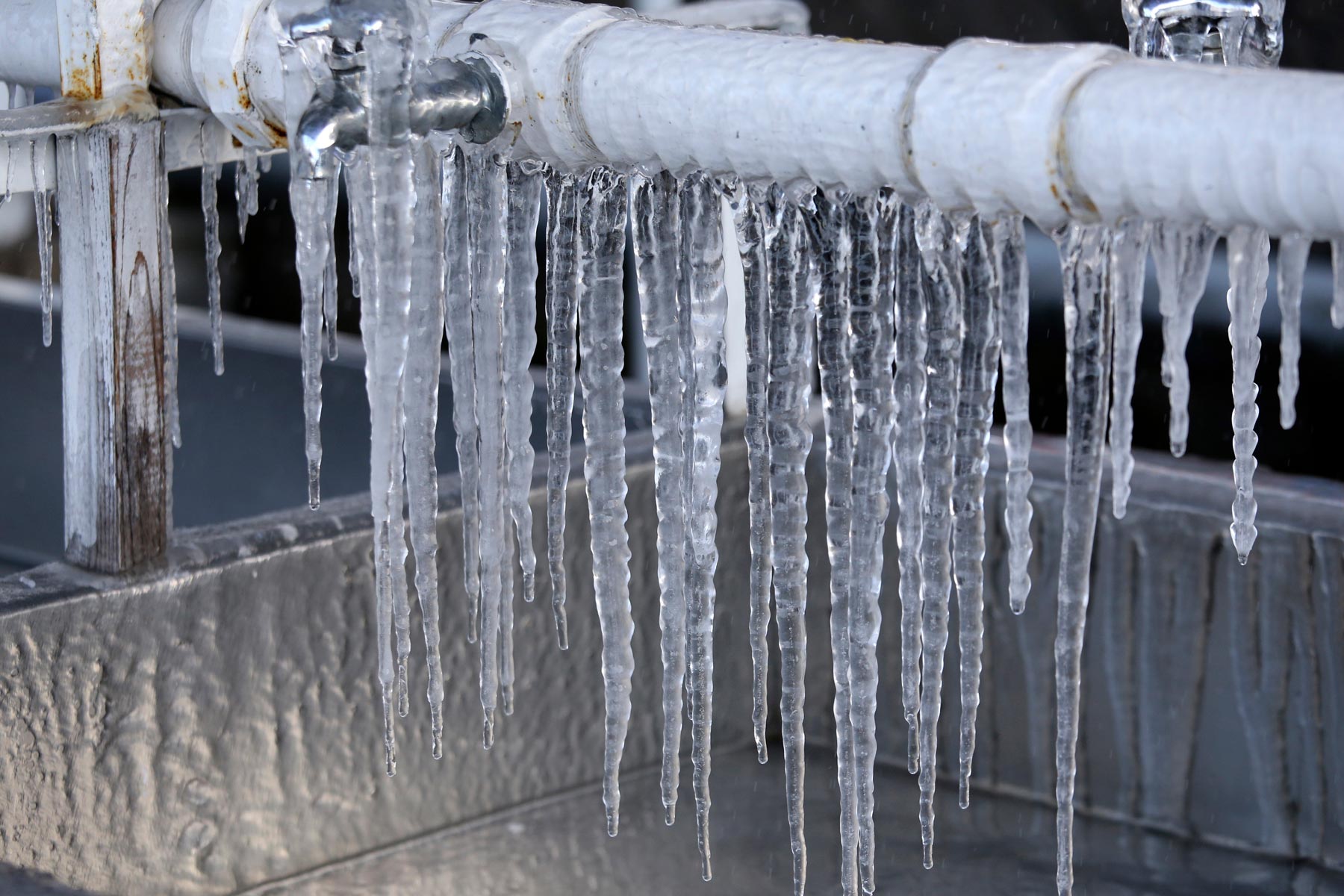Key Methods for Avoiding Frozen Pipes in Cold Weather
About ThisNearly everybody has got his or her own way of thinking when it comes to Winter Plumbing Precautions: Preventing Frozen Pipes.

Cold weather can damage your plumbing, especially by freezing pipelines. Below's just how to stop it from happening and what to do if it does.
Introduction
As temperature levels decline, the risk of frozen pipelines boosts, possibly resulting in expensive repair services and water damage. Understanding exactly how to prevent frozen pipes is important for home owners in chilly climates.
Comprehending Icy Pipes
What triggers pipes to ice up?
Pipes freeze when revealed to temperatures listed below 32 ° F (0 ° C) for prolonged durations. As water inside the pipes ices up, it expands, putting pressure on the pipe wall surfaces and potentially triggering them to rupture.
Dangers and problems
Icy pipes can result in water system interruptions, residential property damage, and costly repair work. Burst pipelines can flood homes and cause substantial architectural damage.
Indications of Frozen Water Lines
Determining icy pipes early can stop them from rupturing.
How to identify icy pipelines
Try to find lowered water circulation from taps, uncommon smells or sounds from pipes, and visible frost on subjected pipes.
Avoidance Tips
Shielding prone pipelines
Cover pipelines in insulation sleeves or make use of warmth tape to shield them from freezing temperature levels. Focus on pipelines in unheated or exterior locations of the home.
Home heating techniques
Maintain indoor spaces properly warmed, particularly areas with plumbing. Open cupboard doors to allow warm air to distribute around pipes under sinks.
Shielding Exterior Plumbing
Yard pipes and exterior faucets
Detach and drain pipes yard tubes before winter months. Mount frost-proof faucets or cover exterior faucets with shielded caps.
What to Do If Your Pipes Freeze
Immediate activities to take
If you suspect frozen pipelines, keep taps open up to relieve pressure as the ice melts. Make use of a hairdryer or towels soaked in warm water to thaw pipes slowly.
Long-Term Solutions
Structural modifications
Take into consideration rerouting pipelines far from exterior walls or unheated areas. Include extra insulation to attics, basements, and crawl spaces.
Upgrading insulation
Buy high-quality insulation for pipelines, attics, and wall surfaces. Appropriate insulation helps keep constant temperatures and minimizes the risk of icy pipelines.
Conclusion
Stopping icy pipes calls for proactive actions and fast feedbacks. By recognizing the causes, indications, and safety nets, property owners can safeguard their plumbing during winter.
5 Ways to Prevent Frozen Pipes
Drain Outdoor Faucets and Disconnect Hoses
First, close the shut-off valve that controls the flow of water in the pipe to your outdoor faucet. Then, head outside to disconnect and drain your hose and open the outdoor faucet to allow the water to completely drain out of the line. Turn off the faucet when done. Finally, head back to the shut-off valve and drain the remaining water inside the pipe into a bucket or container. Additionally, if you have a home irrigation system, you should consider hiring an expert to clear the system of water each year.
Insulate Pipes
One of the best and most cost-effective methods for preventing frozen water pipes is to wrap your pipes with insulation. This is especially important for areas in your home that aren’t exposed to heat, such as an attic. We suggest using foam sleeves, which can typically be found at your local hardware store.
Keep Heat Running at 65
Your pipes are located inside your walls, and the temperature there is much colder than the rest of the house. To prevent your pipes from freezing, The Insurance Information Institute suggests that you keep your home heated to at least 65 degrees, even when traveling. You may want to invest in smart devices that can keep an eye on the temperature in your home while you’re away.
Leave Water Dripping
Moving water — even a small trickle — can prevent ice from forming inside your pipes. When freezing temps are imminent, start a drip of water from all faucets that serve exposed pipes. Leaving a few faucets running will also help relieve pressure inside the pipes and help prevent a rupture if the water inside freezes.
Open Cupboard Doors
Warm your kitchen and bathroom pipes by opening cupboards and vanities. You should also leave your interior doors ajar to help warm air circulate evenly throughout your home.

As a fervent person who reads about Prevent Frozen Pipes , I figured sharing that piece of writing was smart. For those who enjoyed reading our post plz remember to pass it around. I recognize the value of reading our article about Preventing and dealing with frozen pipes.
Go Company